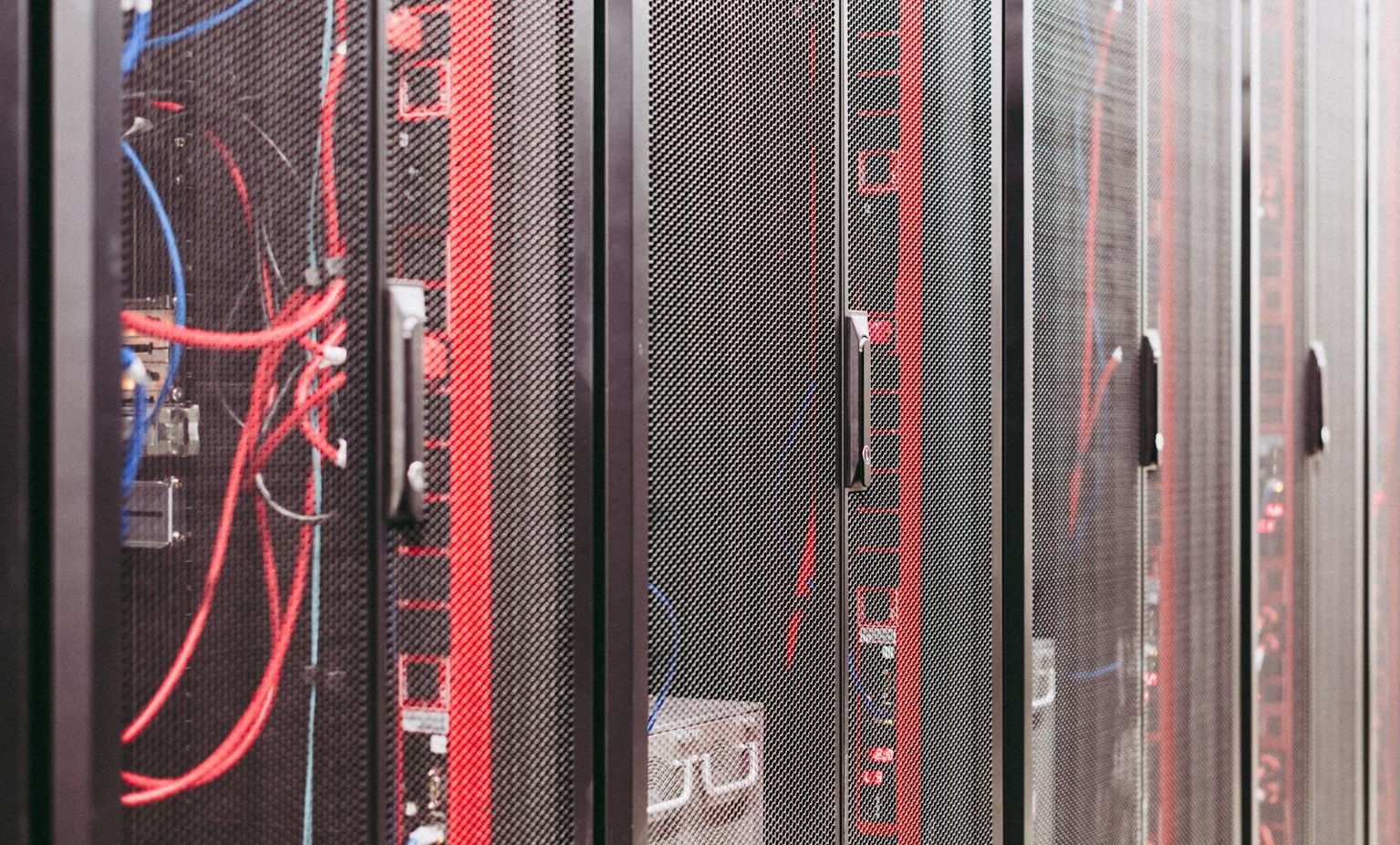What is Data Center Colocation (Colo)?

As IT costs continue to balloon, many organizations are caught between the desire to scale and the pressure to cut costs. It’s an incredibly delicate balancing act leaders struggle to maintain: while 66% of companies in one study said they plan to increase their IT budgets, 84% were worried about a recession, while 63% struggled to secure IT talent. By spending on infrastructure, organizations are forced to spend less on innovation.
But what if there is a way to have both?
Data Center Colocation is the perfect strategy for businesses wanting to balance cost, efficiency, and infrastructure. It’s more than about housing servers — it helps companies unlock new levels of their cost efficiency.
Here is what you need to know about colocation and how it can drive company growth.
What is a colocation data center?
Data Center Colocation, also often called “colo,” is a data center rental service for enterprises where they can store servers and critical hardware. Organizations have their own servers and data center hardware in colocations, while the facility has physical security, network connectivity, and redundancy.
Colocations are a great option for organizations when public clouds and on-premises data centers are not good fits. It provides more flexibility than hyperscale clouds since businesses use and configure their hardware and the software that powers it. Colocations also eliminate building costs and the time and money required to maintain a private data center.
Colo facilities typically fall into one of three main types. They cater to different business sizes and infrastructure requirements:
- Retail colocation is where organizations lease a space within a data center, usually a rack, a caged-off room, or a space within a rack.
- Wholesale colocations offer data center space at a lower rate by leasing out larger spaces, such as an entire data hall or a large portion of a data center. They’re a great option for enterprises with substantial IT infrastructure requirements.
- Hybrid colocation combines traditional colocation services with cloud integration so that companies can balance on-premises and cloud-based resources. It’s a great model for organizations that want to optimize performance, scalability, and flexibility.
Advantages of colocation
Organizations increasingly turn to colo facilities to streamline their business and optimize performance. Some of the most critical benefits that colo offers include:
Improved reliability
Colocation data centers offer reliable cooling systems, power, and communication, which are required for dependable communication. While some companies choose to invest in tools and procedures to build a comparable system internally, it is an expensive and time-consuming process.
With stringent service level agreements, organizations can often surpass these on-prem centers with high availability. Plus, continuous monitoring and advanced detection systems further enhance reliability for minimal downtime and uninterrupted business operations.
Cost savings and productivity
Colocation tenants share the costs for operations like cooling, power, security, and communications, so organizations don’t have to plan for many expenses associated with on-prem data centers such as power grids, multiple backup generators, and HVAC units. Plus, organizations no longer have the ongoing maintenance costs of maintaining and managing in-house servers.
One of the best advantages of colocation is that it frees IT teams to focus on more in-depth, important matters when they’re no longer worried about physically maintaining servers and hardware, such as power, connectivity, and cooling. Organizations can reduce IT staffing while improving the team’s productivity.
Better security
Colocations provide organizations with a level of physical and network security that many could struggle to achieve cost-effectively on their own. Tenants are shielded from many cyber threats because of the range of network solutions offered by operators, which they typically get through third-party cooperation.
Physically, colocations offer 24/7 on-site supervision with guards and loss-circuit video monitoring. Plus, they often come with advanced fire and flood protection to help avoid physical threats to hardware. Many colocations provide segregated areas for secure, controlled access. Organizations can then customize their equipment configuration to optimize security.
Beyond physical security, colocations provide cyber protection to help reduce data loss, disruptions, and downtime with thorough recovery and backup solutions. They can help organizations meet regulatory compliance for security and privacy. Colo facilities often regularly undergo audits to ensure compliance with critical standards like:
- HIPAA
- SOC 2
- PCI DSS
Scalability
With unmatched scalability, Colo facilities can help businesses grow seamlessly to meet evolving needs quickly. On-premises data centers often struggle with limited capability and lack the diverse presence needed to support customer growth strategies. Colocation providers provide the flexibility to expand or constrict resources whenever required.
How to choose a colocation provider
The right partner is critical for optimizing business and getting the most from your third-party provider. Here are some tips for finding an effective colocation facility to serve your unique needs:
Location
When looking for a colocation provider, physical location is crucial. A close location provides faster speeds, a better user experience, and less network latency. In case of maintenance or disruption, you should also consider how long your IT team will take to reach the location.
Also, ensure that the provider is in a region that is not prone to natural disasters. This reduces the risk of disruption and helps ensure the most optimal uptime.
Consider the legal implications of the location you choose. Data protection compliance, regulations, and data control requirements vary by region, so it may be necessary to select a provider within a jurisdiction that meets your requirements.
Scalability
Enterprises expect and depend on growth to drive profitability and maintain a competitive edge. It’s crucial to form partnerships with colo providers that help support these goals and help with expansion. If not, you’ll be forced to plan a time-consuming migration in the future as you outgrow your provider’s capabilities.
Consider whether the provider can accommodate changing needs and future growth. Can they scale up or down as requirements change and evolve? Some scalable infrastructure to consider includes power density, rack space, and cooling capacity.
SLAs
Service Level Agreements, or SLAs, are critical contracts outlining the range of support and services the provider will offer and exact metrics, like availability, response time, and uptime. A robust SLA offers accountability for providers that they will commit to a service quality and reliability level.
Enterprises need to carefully review SLAs with a legal and IT team to ensure they understand the contractual terms, as well as what they can expect from colocation services, such as 24/7 assistance or comprehensive support services. SLAs provide crucial confidence in the provider’s reliability, service excellence, and timely assistance when needed most.
Uptime
Downtime seriously impacts operations and business, and its costs are beginning to spiral out of control. Across Global 2000 companies, downtime results in an annual cost of $400 billion. On average, this equates to around $9,000 for every minute of downtime. With these shocking prices, it’s critical to understand any prospective provider’s uptime history and SLA.
Check for certifications, like Tier III or IV standards. These are a green light for high availability and redundancy in cooling, power, and network connectivity. Choose a provider with a proven track record for uptime to minimize disruptions, outages, and potential data loss.
Security
The right provider needs robust security, including surveillance systems, access controls, and security personnel that will help stop unauthorized access and eliminate physical threats. Plus, facilities must adhere to industry standards and certifications (like SOC 2 and ISO 27001) to demonstrate security and compliance.
Also, check the facility’s virtual security measures. Unless the SLA specifically outlines cybersecurity measures, enterprises must ensure their own virtual security protocols to prevent data breaches and unauthorized access.
Finding new levels of efficiency
By leveraging colocation, organizations can enhance their efficiency while balancing the cost of infrastructure. It also provides additional security and resources that would be challenging to secure in a private location. Finding the right third party is critical to ensure the colocation will support your specific goals and mitigate concerns. Organizations can scale their business with the right partner without compromising security or cost.
See an error or have a suggestion? Please let us know by emailing splunkblogs@cisco.com.
This posting does not necessarily represent Splunk's position, strategies or opinion.
Related Articles
About Splunk
The world’s leading organizations rely on Splunk, a Cisco company, to continuously strengthen digital resilience with our unified security and observability platform, powered by industry-leading AI.
Our customers trust Splunk’s award-winning security and observability solutions to secure and improve the reliability of their complex digital environments, at any scale.




